Home>Gardening & Outdoor>Outdoor Structures>How To Remove Stains From Composite Decking
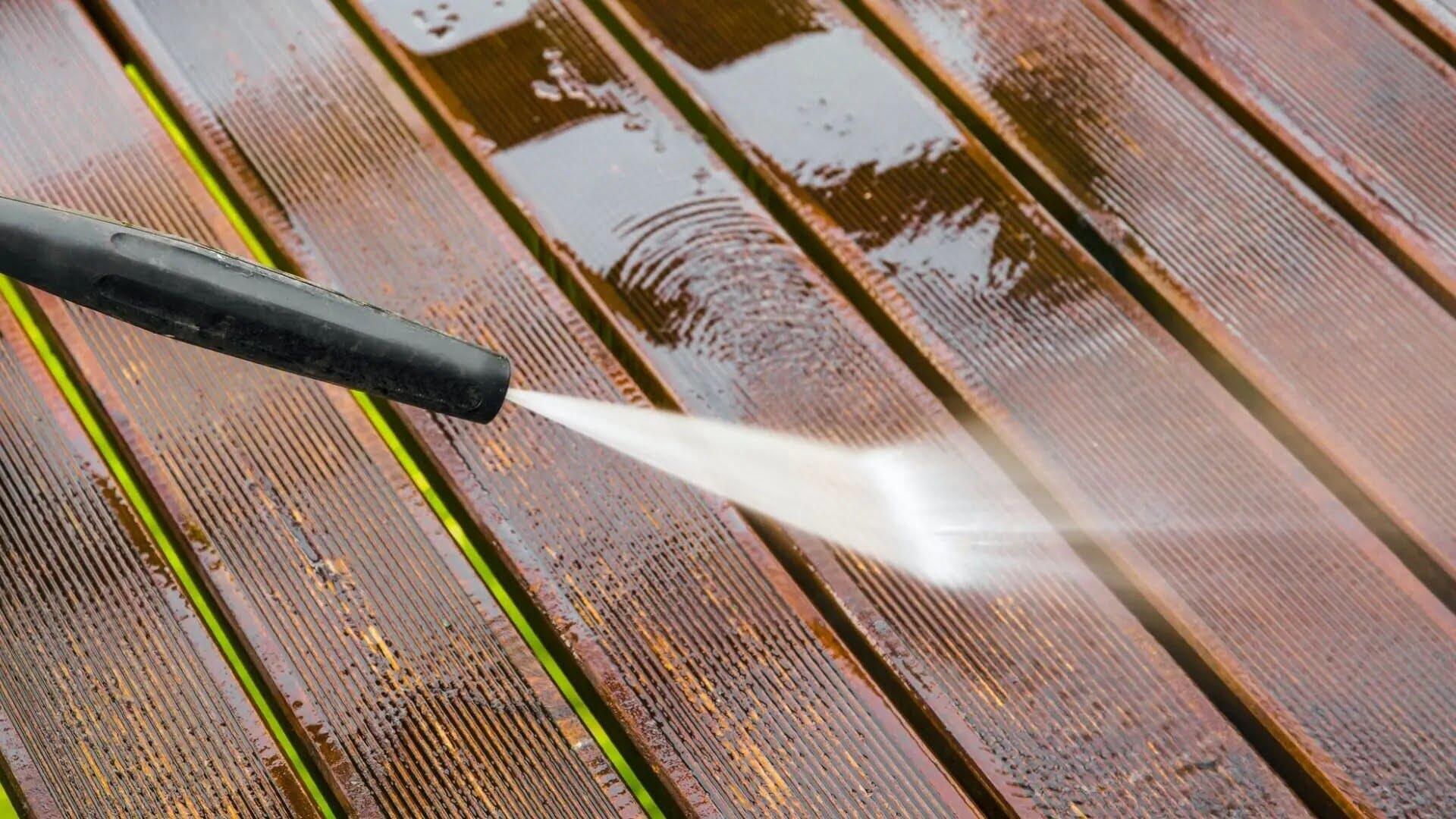

Outdoor Structures
How To Remove Stains From Composite Decking
Modified: January 9, 2024
Learn effective techniques for removing stains from composite decking and restoring its pristine appearance. Keep your outdoor structures looking their best with these expert tips.
(Many of the links in this article redirect to a specific reviewed product. Your purchase of these products through affiliate links helps to generate commission for Storables.com, at no extra cost. Learn more)
**
Introduction
**
Composite decking has become a popular choice for outdoor living spaces due to its durability, low maintenance, and aesthetic appeal. While composite decking offers numerous advantages over traditional wood decking, it is not immune to stains and blemishes. Whether it's from food and beverage spills, oil and grease, mold and mildew, or other common culprits, stains can detract from the beauty of your composite deck.
In this comprehensive guide, we will delve into the world of composite decking stains and equip you with the knowledge and techniques to effectively remove them. From understanding the composition of composite decking to specific cleaning tips for different types of stains, we will cover it all. By the end of this article, you will be well-versed in the art of stain removal and armed with the tools to keep your composite deck looking pristine for years to come. So, let's dive in and explore the best practices for removing stains from composite decking!
Key Takeaways:
- Composite decking, while resistant to stains, can still be affected by food, mold, oil, rust, and debris stains. Understanding the type of stain is crucial for effective removal without damaging the decking material.
- Regular maintenance, gentle washing, and prompt cleanup are essential for preventing and removing stains on composite decking. Employing targeted cleaning techniques and proactive measures can preserve the pristine appearance of outdoor living spaces.
Understanding Composite Decking
Composite decking is a blend of wood fibers, plastic, and other materials designed to mimic the look of natural wood while offering superior performance and longevity. The combination of wood and plastic creates a durable, weather-resistant, and low-maintenance decking material that is highly resistant to rot, warping, splintering, and insect damage.
One of the key advantages of composite decking is its resistance to staining. Unlike traditional wood decking, composite decking is engineered to repel stains and spills, making it an ideal choice for outdoor environments where exposure to food, beverages, and the elements is inevitable.
Most composite decking boards are capped with a protective polymer shell that enhances their resistance to stains and fading. This protective layer acts as a barrier against moisture, stains, and UV rays, contributing to the longevity and aesthetic appeal of the decking material.
Understanding the composition and protective features of composite decking is essential when it comes to stain removal. By recognizing the characteristics that make composite decking resilient against stains, you can adopt targeted cleaning approaches that effectively address specific types of blemishes without compromising the integrity of the decking material.
Now that we have a foundational understanding of composite decking, let’s explore the common types of stains that can affect this versatile outdoor surface.
Common Stains on Composite Decking
Composite decking, while resistant to many types of stains, is still susceptible to certain blemishes that can detract from its visual appeal. Understanding the common types of stains that can affect composite decking is crucial for implementing targeted cleaning strategies. Here are some of the most prevalent stains encountered on composite decking:
- Food and Beverage Stains: Accidental spills of food, sauces, beverages, and condiments can leave unsightly stains on composite decking surfaces. Common culprits include wine, coffee, ketchup, mustard, and fruits.
- Mold and Mildew: In damp and shaded areas, mold and mildew can take hold on composite decking, resulting in dark, patchy stains. These organic growths thrive in moist environments and can compromise the appearance of the deck.
- Oil and Grease Stains: Whether from cooking activities, outdoor grilling, or accidental spills, oil and grease can leave stubborn stains on composite decking surfaces, requiring specialized cleaning techniques for effective removal.
- Rust Stains: Metal furniture, planters, or other objects can leave rust stains on composite decking when exposed to moisture. These reddish-brown blemishes can be challenging to remove without the right approach.
- Pollen and Debris: Outdoor elements such as pollen, leaves, and dirt can accumulate on composite decking, leading to discoloration and surface stains. Regular maintenance is essential to prevent the buildup of these contaminants.
By identifying the specific nature of the stains on your composite decking, you can tailor your cleaning methods to effectively address each type of blemish. In the following sections, we will explore general cleaning tips and targeted approaches for removing these common stains, empowering you to maintain the pristine appearance of your composite deck.
General Cleaning Tips
Maintaining the cleanliness and pristine appearance of your composite decking involves regular cleaning and proactive care. By incorporating these general cleaning tips into your maintenance routine, you can prevent the buildup of stains and preserve the natural beauty of your outdoor living space:
- Regular Sweeping and Debris Removal: Keep your composite deck free of leaves, pollen, dirt, and other debris by sweeping or using a leaf blower. Regular removal of organic matter can prevent staining and minimize the risk of mold and mildew growth.
- Gentle Washing: Periodically wash your composite decking with a mild soap solution and water to remove surface dirt and grime. Use a soft-bristle brush or sponge to gently scrub the surface, then rinse thoroughly with clean water.
- Avoid Harsh Chemicals: When cleaning composite decking, refrain from using harsh chemicals, bleach, or abrasive cleaners, as they can damage the protective surface and compromise the integrity of the material.
- Address Spills Promptly: Accidental spills of food, beverages, or oils should be promptly addressed to prevent staining. Blot the affected area with a clean cloth and rinse with water to minimize the risk of permanent discoloration.
- Use Protective Mats: Place protective mats or coasters under grills, planters, and other items to prevent potential stains and discoloration from metal, moisture, or organic matter.
By incorporating these general cleaning practices into your composite decking maintenance routine, you can uphold the visual appeal and structural integrity of your outdoor living space. However, when specific stains require targeted removal techniques, it’s essential to employ specialized approaches for effective results.
Now, let’s delve into the nuances of removing specific stains from composite decking, providing tailored solutions for addressing common blemishes and maintaining the pristine condition of your outdoor oasis.
To remove stains from composite decking, mix warm water with mild soap and gently scrub the stained area with a soft-bristled brush. Rinse thoroughly with water. Avoid using harsh chemicals or abrasive tools to prevent damage to the decking.
Removing Specific Stains
When it comes to removing specific stains from composite decking, employing targeted cleaning techniques is essential for achieving optimal results without compromising the integrity of the material. Let’s explore specialized approaches for addressing common stains:
- Food and Beverage Stains: For food and beverage spills, start by promptly blotting the affected area with a clean cloth to absorb the liquid. Then, use a mild soap solution and water to gently scrub the stain. Rinse thoroughly with clean water to remove any residue.
- Mold and Mildew: To tackle mold and mildew stains, consider using a specialized composite decking cleaner designed to target organic growth. Follow the manufacturer’s instructions for application and thoroughly rinse the treated area to prevent any residual cleaner from affecting the decking surface.
- Oil and Grease Stains: For oil and grease stains, apply a commercial degreaser or a solution of warm water and dish soap to the affected area. Gently scrub the stain with a soft brush and rinse thoroughly to remove the residue.
- Rust Stains: When dealing with rust stains, consider using a rust remover specifically formulated for composite decking. Follow the product guidelines and avoid abrasive tools that may scratch the surface of the deck.
- Pollen and Debris: Regularly sweep or hose off pollen, leaves, and debris to prevent them from accumulating and causing surface stains. A gentle wash with mild soap and water can help remove residual pollen and dirt.
It’s important to note that when using cleaning products on composite decking, always refer to the manufacturer’s recommendations and test any new cleaners on a small, inconspicuous area before applying them to the entire deck surface. Additionally, avoid using abrasive tools or pressure washers at high pressures, as they can damage the protective surface of the decking material.
By tailoring your cleaning approach to the specific nature of the stains, you can effectively restore the pristine appearance of your composite deck and prolong its longevity. However, prevention is often the best strategy when it comes to maintaining a stain-free outdoor living space.
Let’s explore proactive measures for preventing future stains and preserving the beauty of your composite decking.
Preventing Future Stains
While effective stain removal is crucial for maintaining the appearance of your composite decking, proactive measures to prevent future stains can significantly contribute to the long-term beauty and durability of your outdoor living space. Here are key strategies for preventing stains on composite decking:
- Regular Maintenance: Implement a routine maintenance schedule that includes sweeping, gentle washing, and proactive removal of debris to prevent the accumulation of staining agents.
- Protective Coatings: Consider applying a protective coating or sealant specifically designed for composite decking to enhance its resistance to stains, fading, and moisture penetration.
- Utilize Protective Mats: Place protective mats, coasters, or pot feet under items such as grills, planters, and furniture to create a barrier between potential staining agents and the decking surface.
- Minimize Exposure to Staining Agents: Be mindful of activities and items that can lead to stains, such as outdoor cooking, metal objects, and organic debris. Taking precautions to minimize exposure can help prevent potential blemishes.
- Prompt Cleanup: Address spills and stains promptly to prevent them from setting and becoming more challenging to remove. Blotting and rinsing affected areas as soon as possible can mitigate the risk of permanent discoloration.
By integrating these preventive measures into your deck maintenance routine, you can safeguard your composite decking against common staining agents and preserve its pristine appearance for years to come. Additionally, staying informed about the latest maintenance tips and products tailored to composite decking can further enhance your ability to prevent and address stains effectively.
As we conclude our exploration of stain removal and prevention strategies for composite decking, it’s evident that a proactive and informed approach is key to maintaining the beauty and longevity of outdoor structures. By combining regular maintenance, targeted cleaning techniques, and preventive measures, you can enjoy a vibrant and inviting outdoor living space that remains free from unsightly stains.
With these insights and strategies at your disposal, you are well-equipped to tackle stains on composite decking and uphold the allure of your outdoor oasis with confidence and ease.
Conclusion
In the realm of outdoor structures, composite decking stands out as a resilient and visually appealing choice for creating inviting and functional outdoor living spaces. While composite decking offers exceptional resistance to stains and blemishes, occasional maintenance and targeted cleaning are essential for preserving its pristine appearance.
Throughout this comprehensive guide, we’ve delved into the intricacies of composite decking, explored common types of stains that can affect its surface, and provided valuable insights and strategies for effective stain removal and prevention. By understanding the composition of composite decking and the nature of different stains, you can tailor your cleaning approach to address specific blemishes without compromising the integrity of the material.
From general cleaning tips to specialized techniques for removing food and beverage stains, mold and mildew, oil and grease, rust, and debris, we’ve equipped you with a diverse toolkit for maintaining the beauty of your composite deck. Additionally, proactive measures such as regular maintenance, protective coatings, and prompt cleanup can significantly contribute to preventing future stains and preserving the longevity of your outdoor oasis.
As you embark on your journey to maintain a stain-free composite deck, remember that a proactive and informed approach is key. By integrating the strategies outlined in this guide into your deck maintenance routine, you can enjoy an outdoor space that exudes charm, durability, and lasting appeal.
With a wealth of knowledge and practical techniques at your disposal, you are well-prepared to navigate the realm of composite decking maintenance with confidence and efficiency. Embrace the art of stain removal and prevention, and revel in the enduring beauty of your composite deck for years to come.
Now, armed with the insights and strategies shared in this guide, go forth and elevate the allure of your outdoor sanctuary as you conquer stains and preserve the splendor of your composite decking with finesse and expertise.
Frequently Asked Questions about How To Remove Stains From Composite Decking
Was this page helpful?
At Storables.com, we guarantee accurate and reliable information. Our content, validated by Expert Board Contributors, is crafted following stringent Editorial Policies. We're committed to providing you with well-researched, expert-backed insights for all your informational needs.
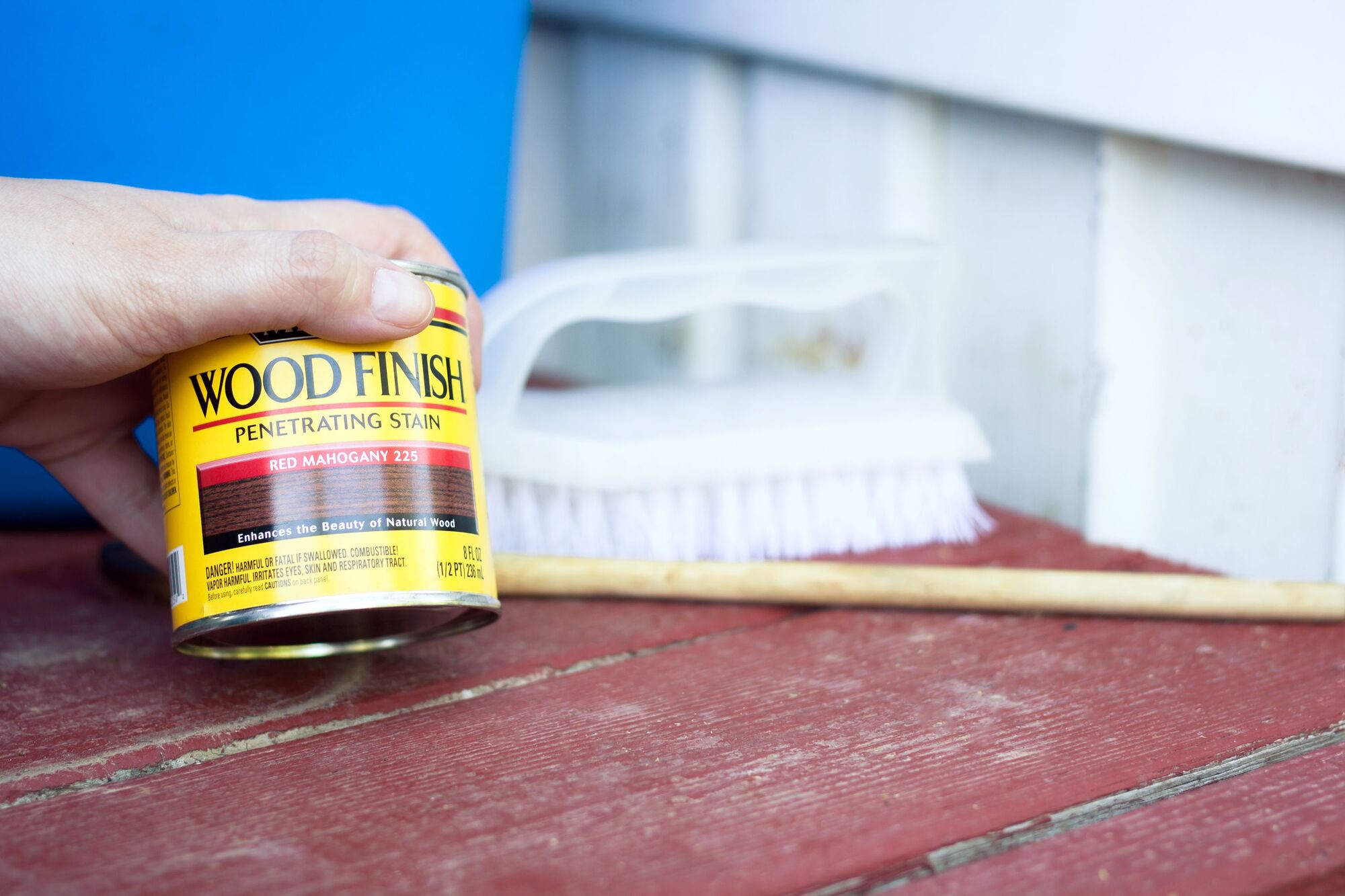
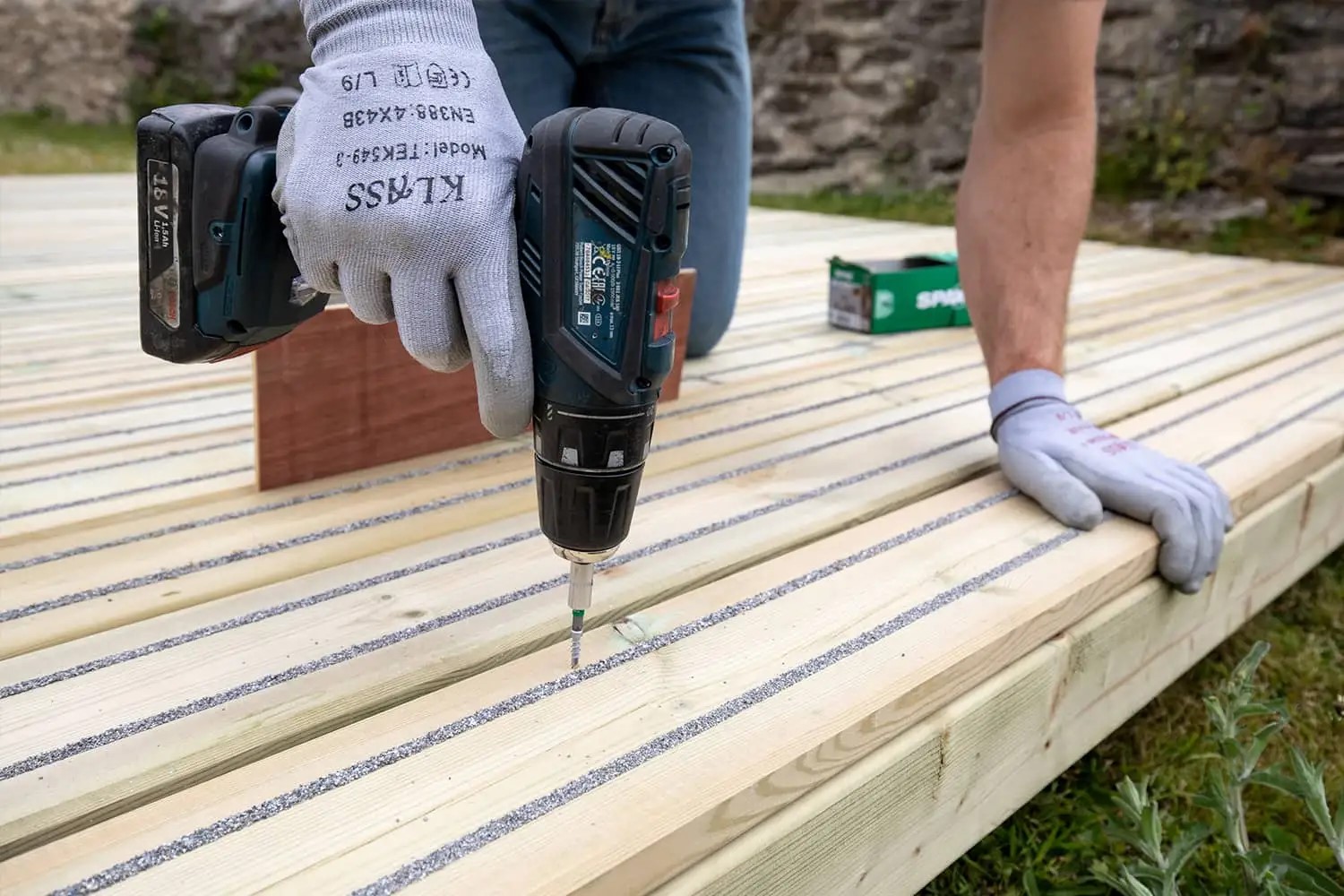
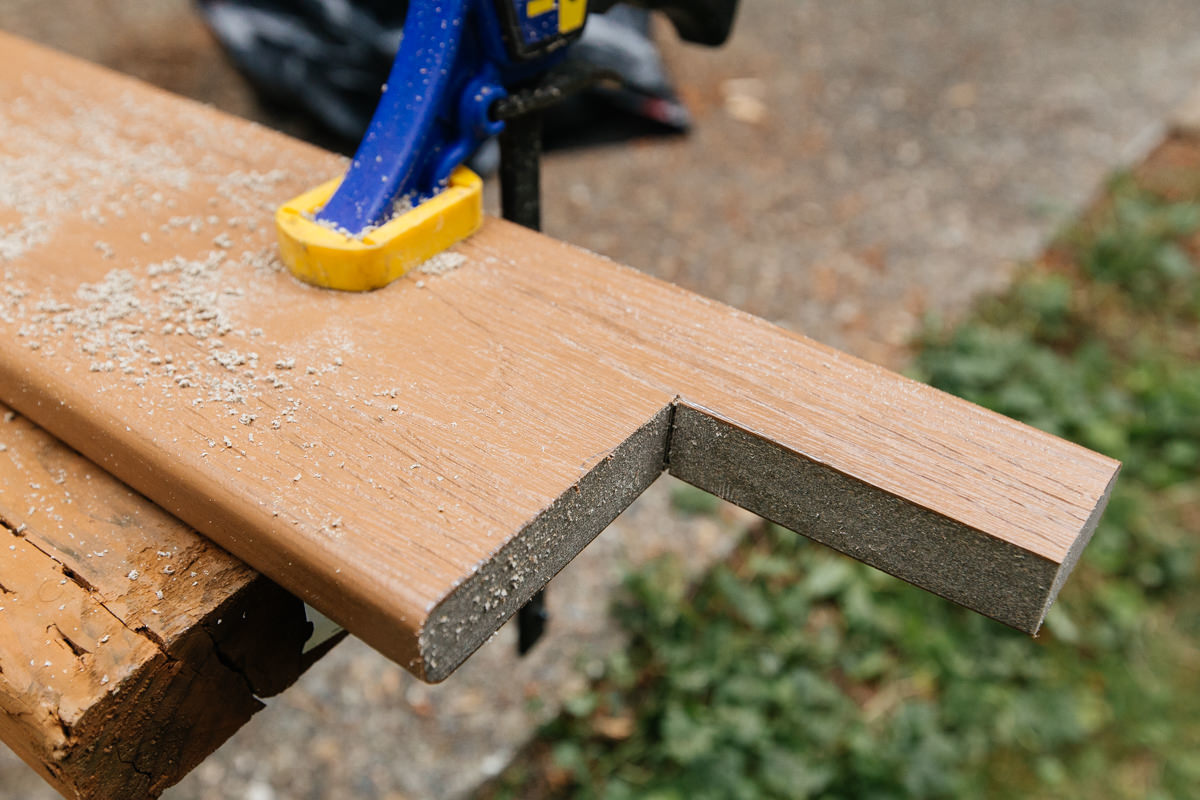
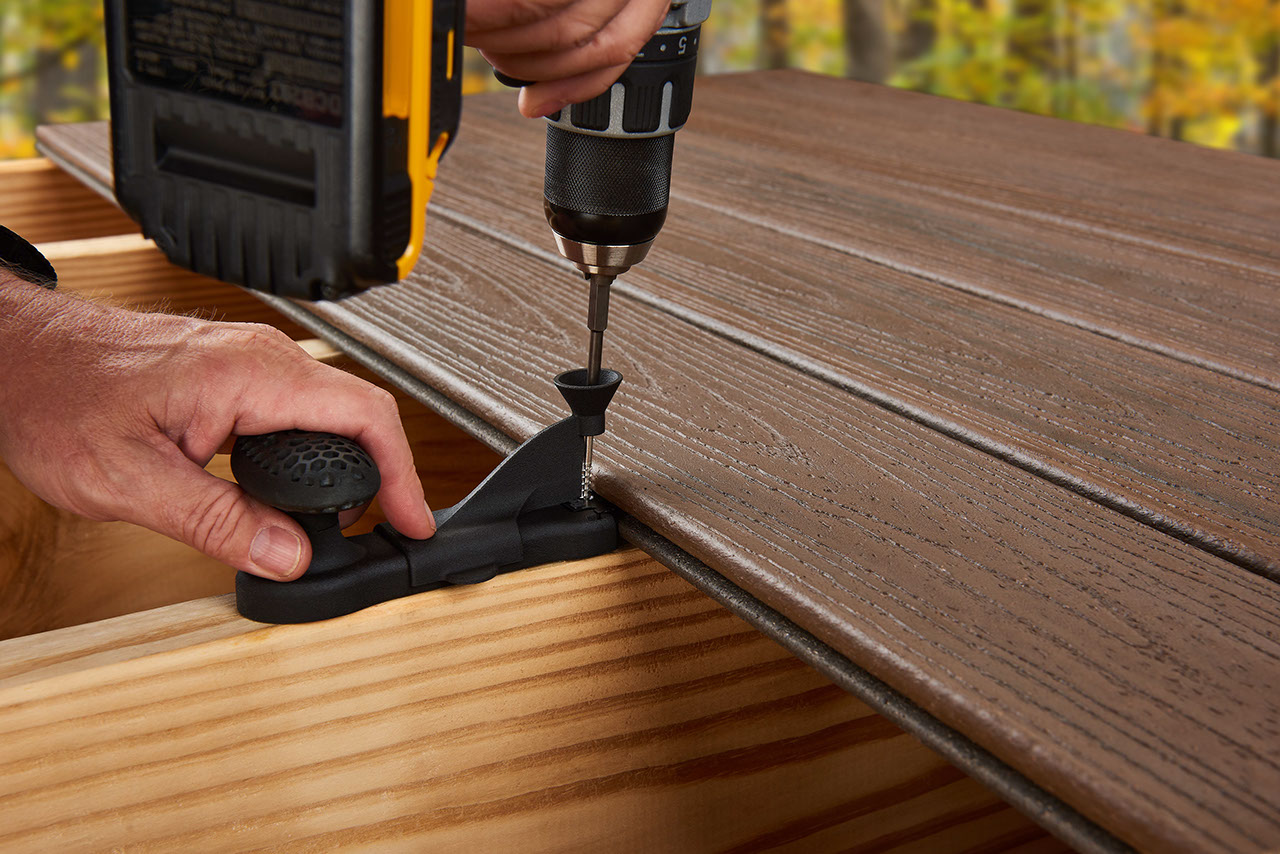
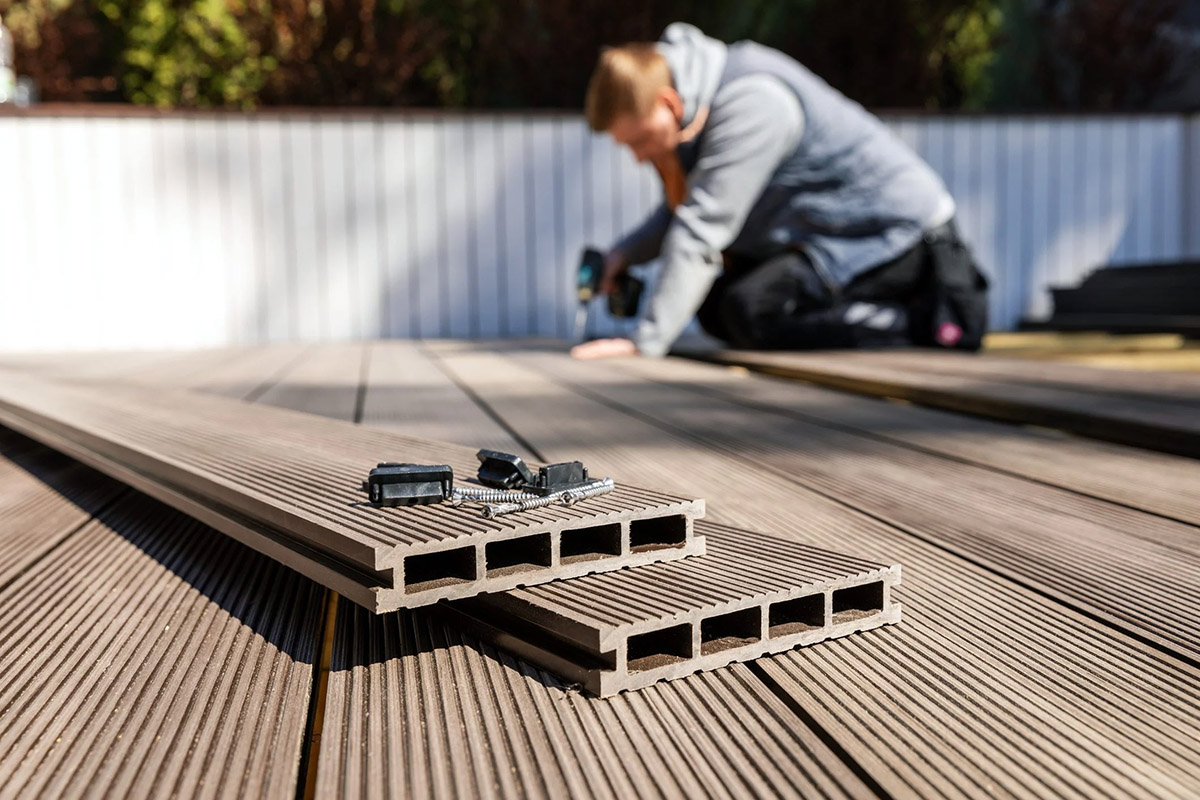
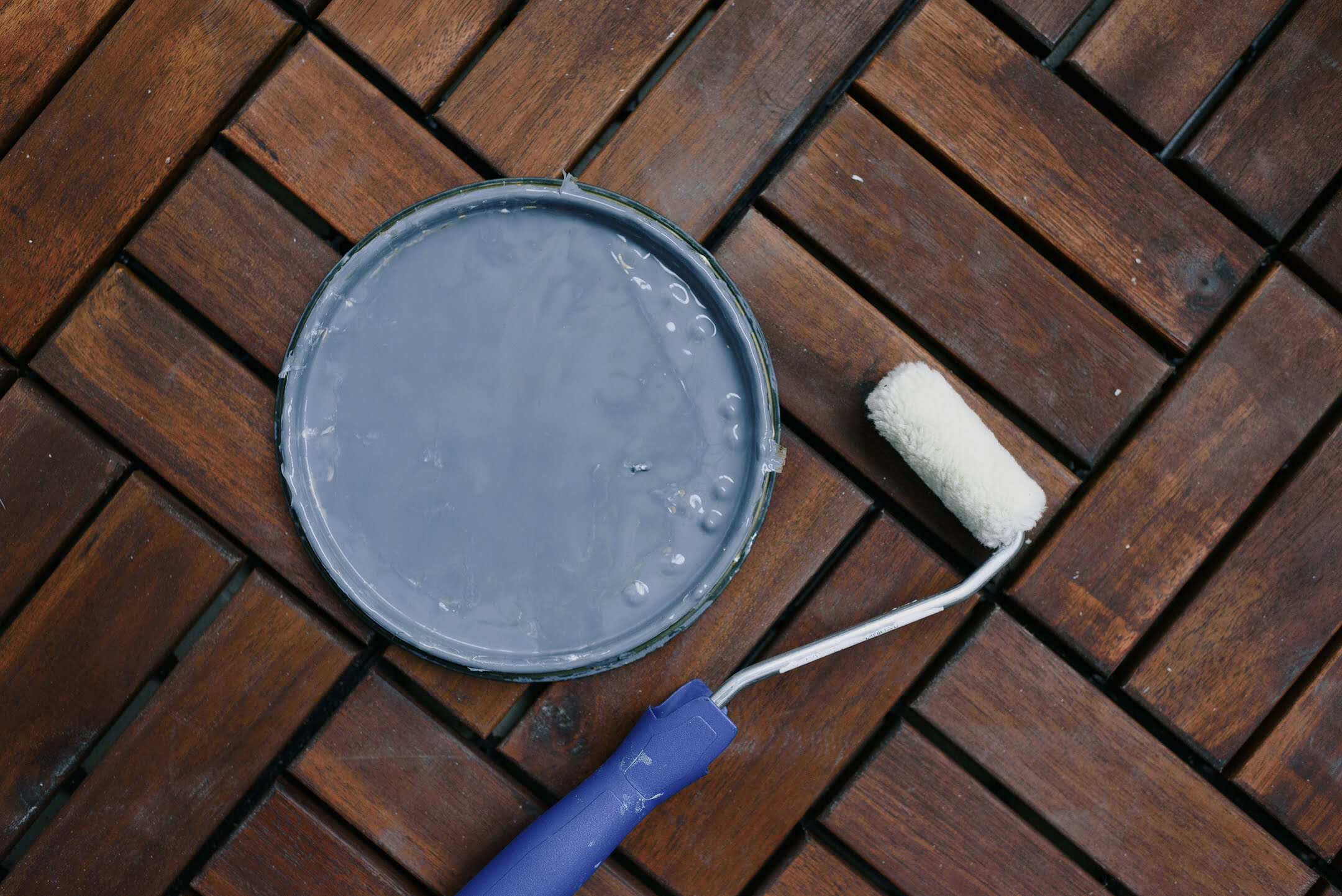
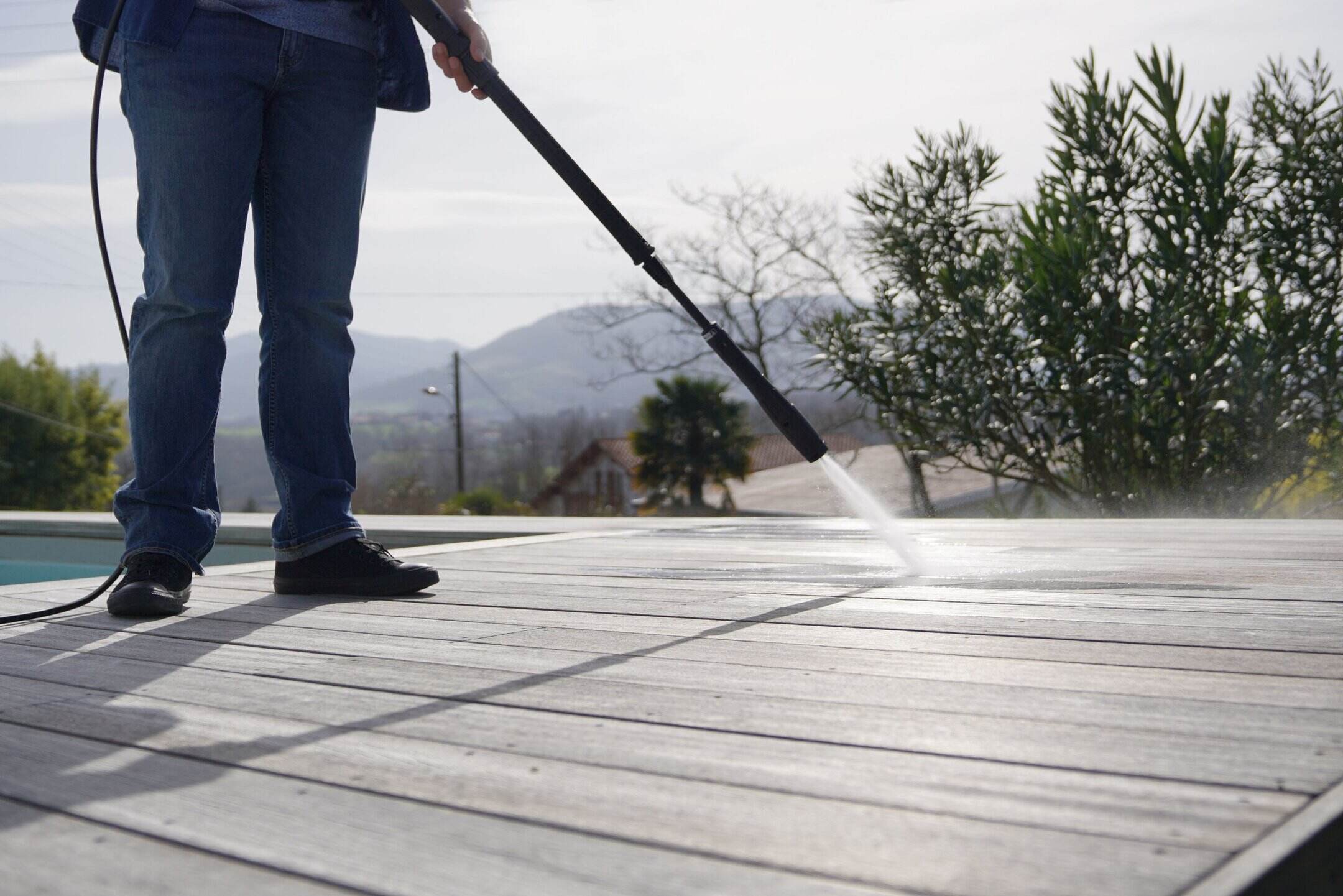
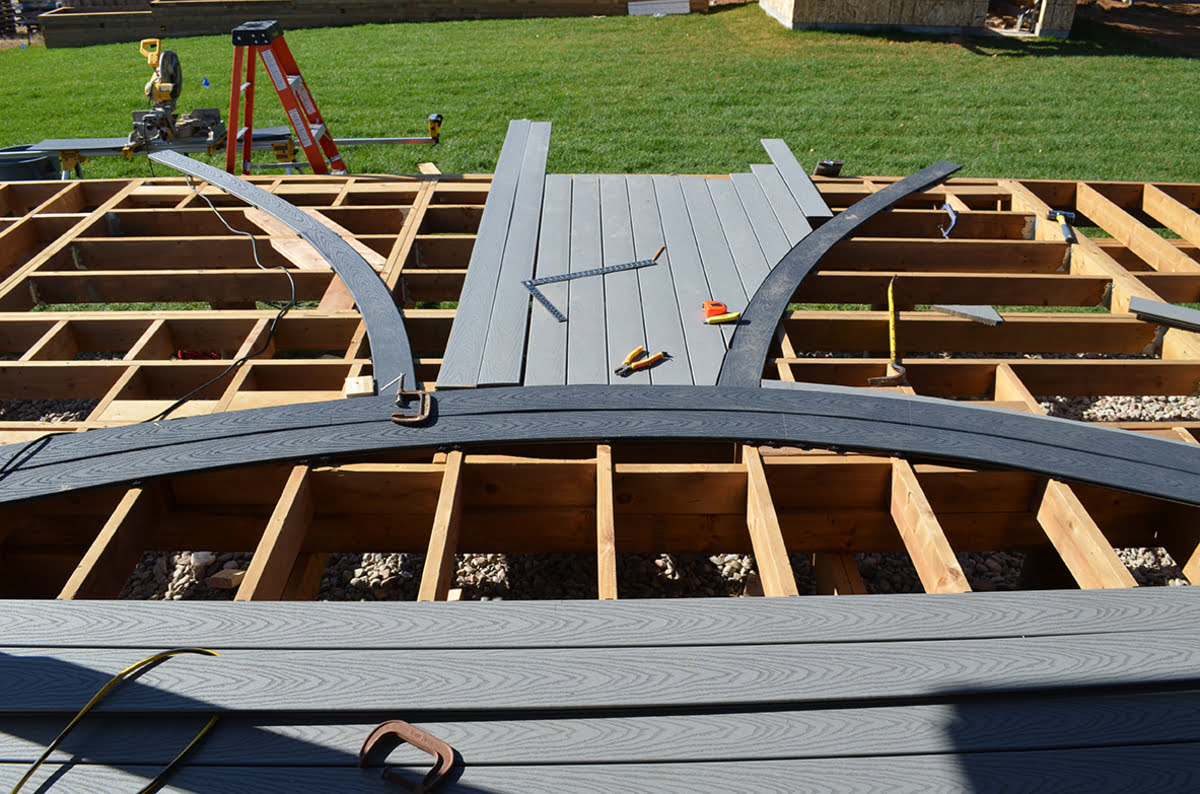
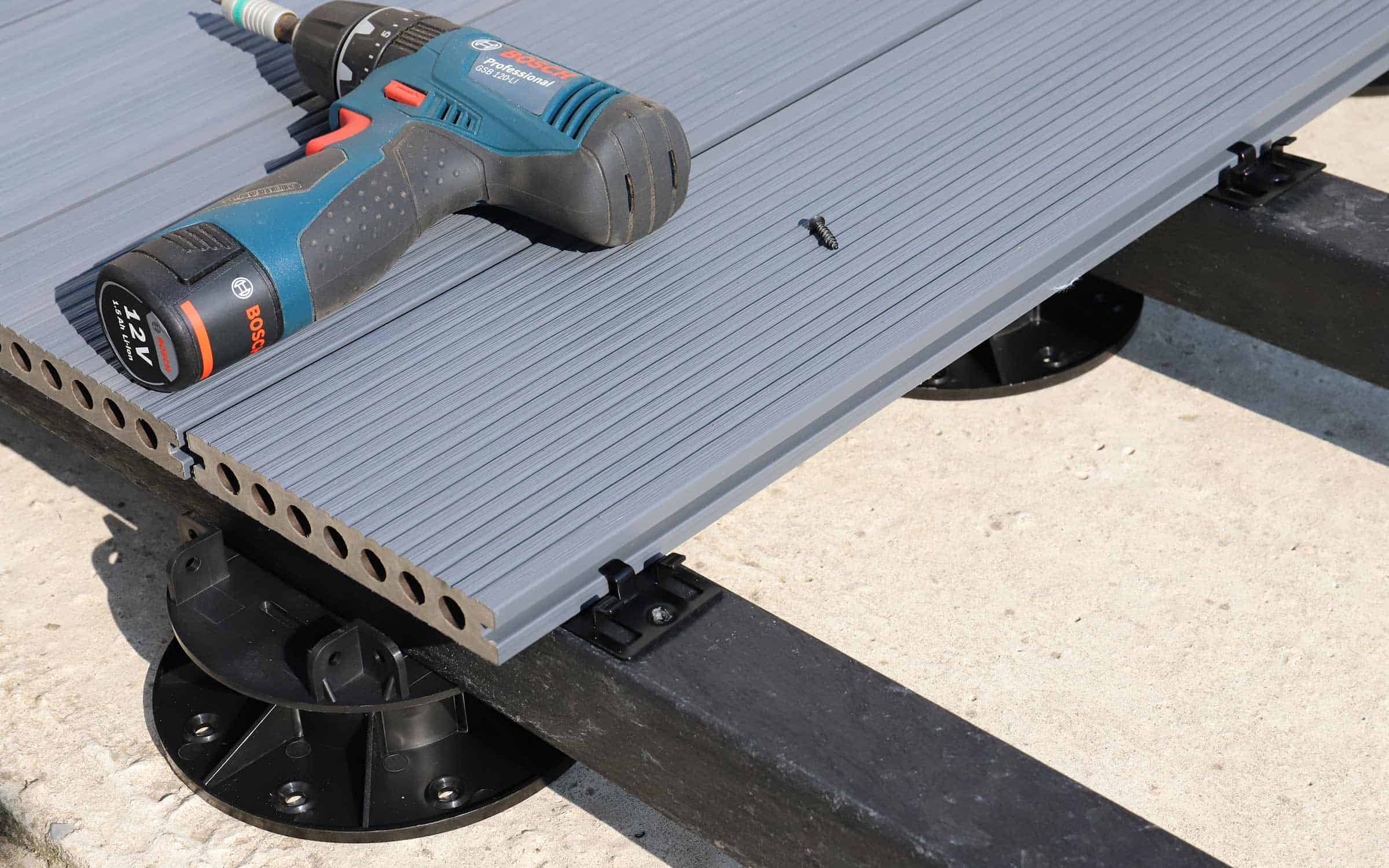
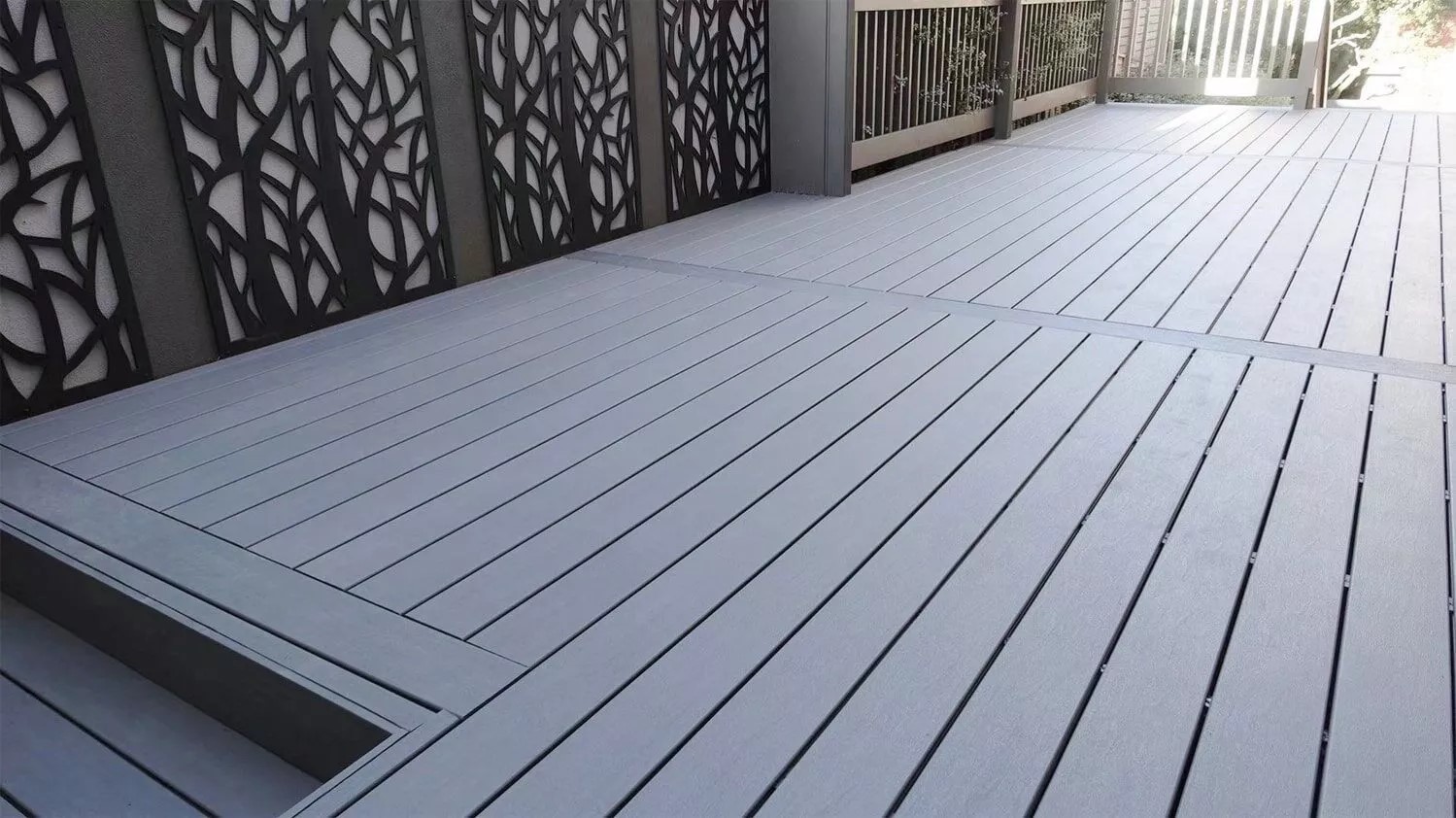
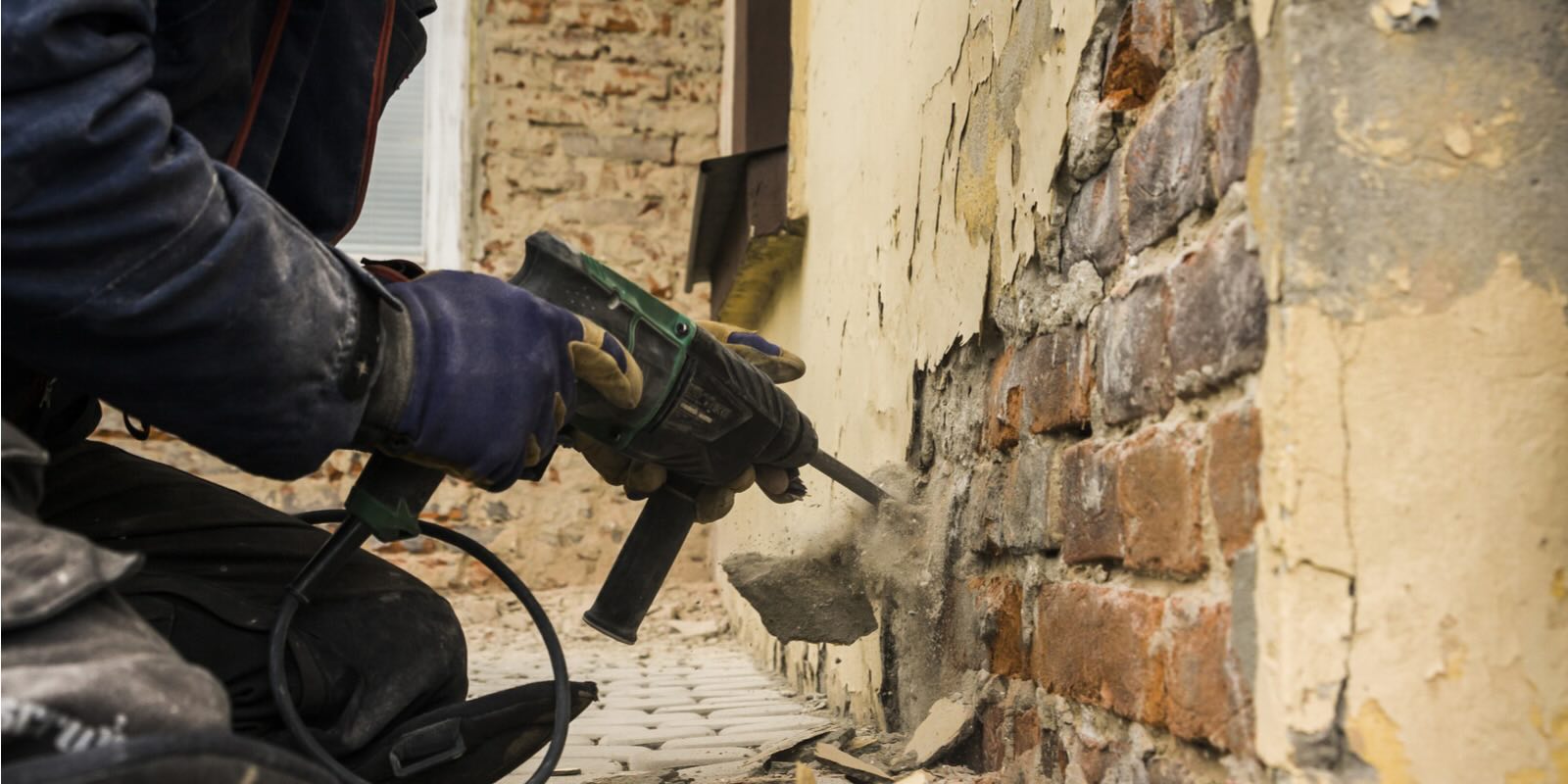
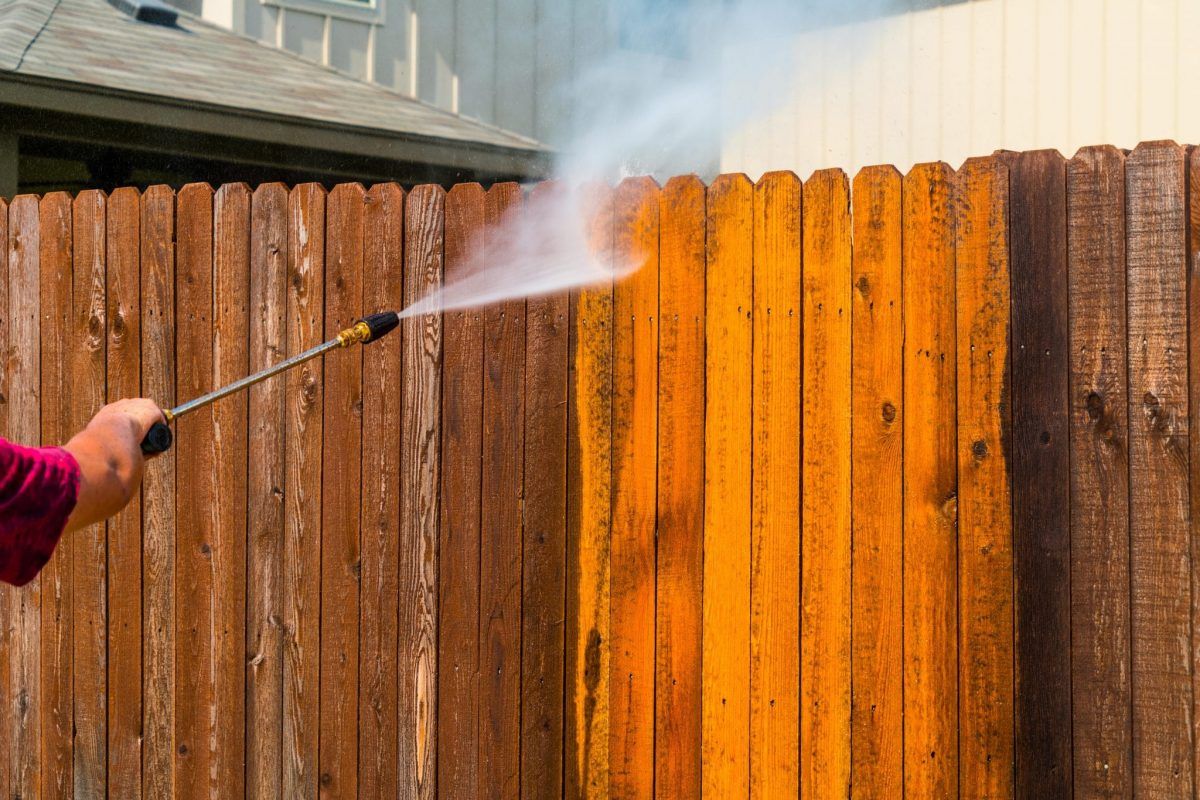
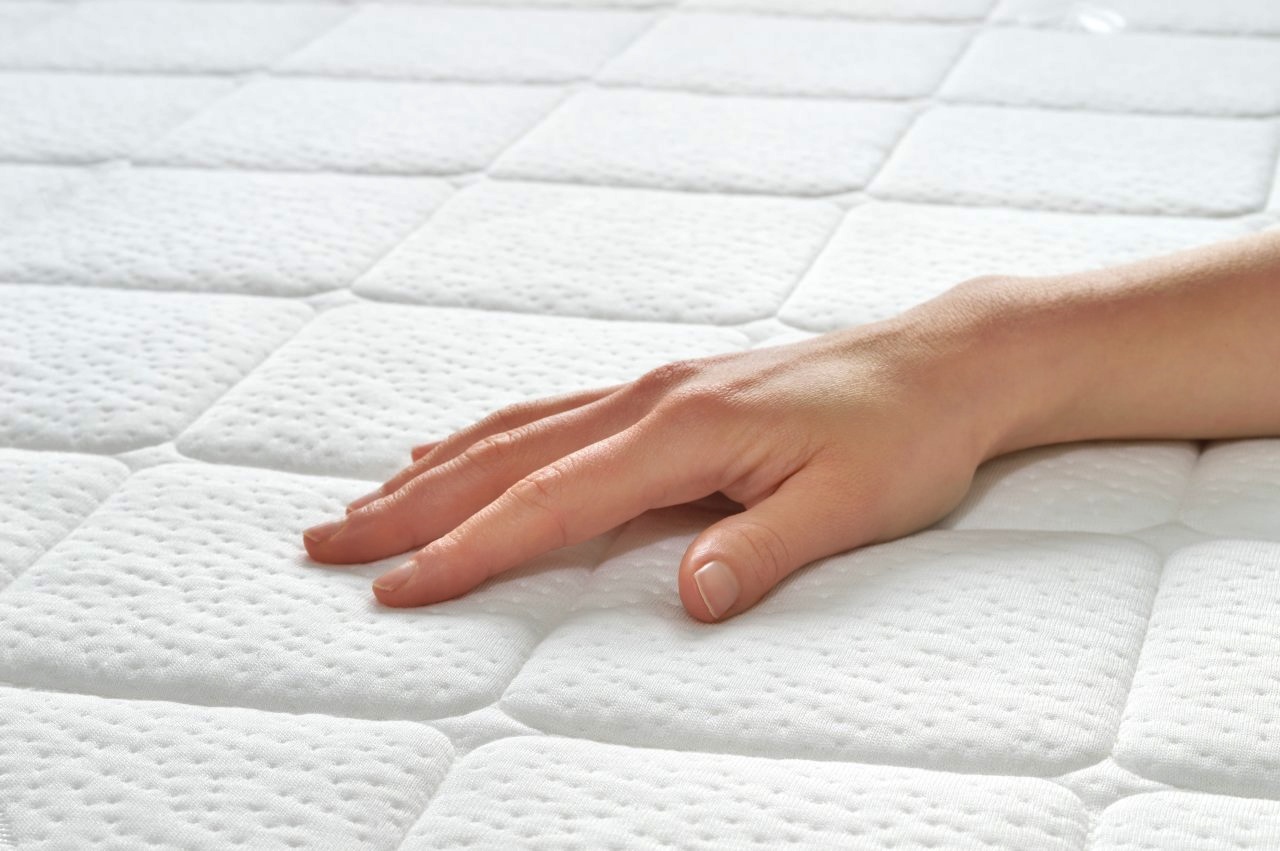


0 thoughts on “How To Remove Stains From Composite Decking”